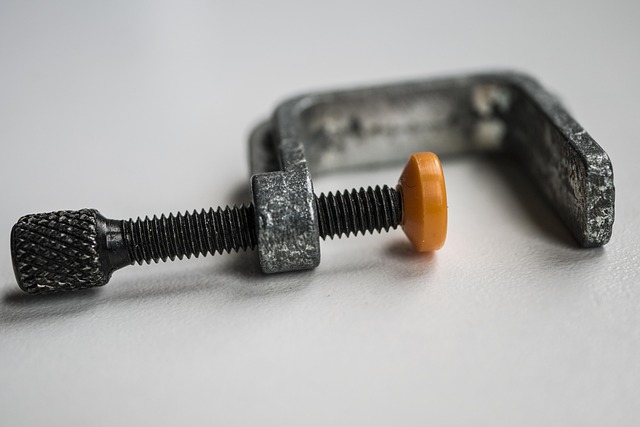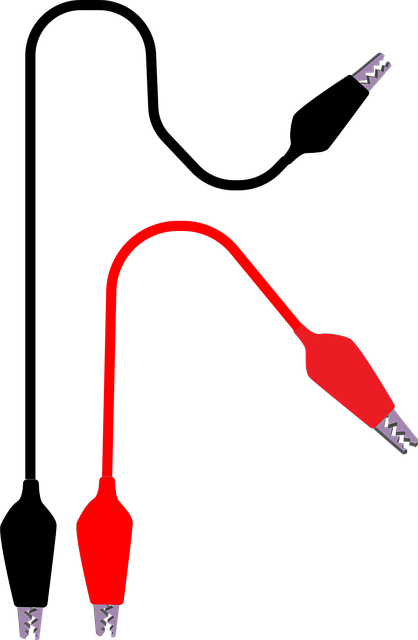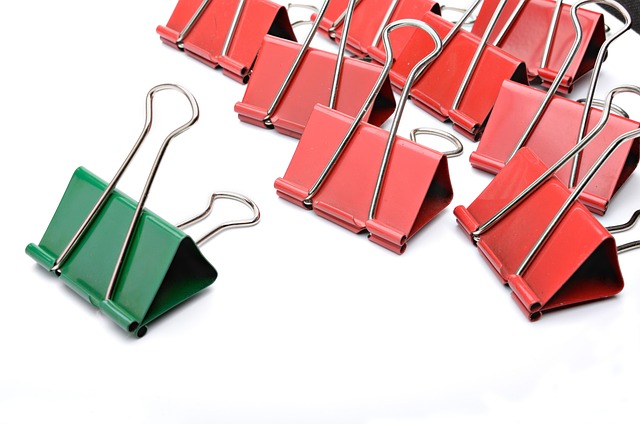The Firefighter Dome Clamp Simulator is a game-changer in fire safety training, providing a safe, cost-effective way for firefighters to practice opening and sealing dome structures. This innovative device mimics real-life scenarios, enhancing decision-making skills and readiness to respond swiftly during emergencies involving sealed structures, ultimately contributing to life-saving measures. By offering realistic training in dome closure techniques, this simulator ensures fire departments' personnel are skilled and prepared to handle critical procedures efficiently.
The firefighter dome clamp simulator is a revolutionary tool transforming fire safety training. This innovative device replicates real-world scenarios, allowing firefighters to practice crucial skills like dome seal application under high-pressure conditions. By understanding and mastering this technique, personnel can enhance their response efficiency and effectiveness during emergencies, ultimately saving lives. This article explores the firefighter dome clamp simulator’s operation, benefits, and seamless integration into comprehensive fire safety training programs.
- Understanding the Firefighter Dome Clamp Simulator: A Life-Saving Training Tool
- How the Lid Tight Dome Seal Prop Works and Its Benefits
- Incorporating the Dome Seal Simulator into Fire Safety Training Programs
Understanding the Firefighter Dome Clamp Simulator: A Life-Saving Training Tool

The Firefighter Dome Clamp Simulator is a specialized training tool designed to equip professionals with the skills needed for one of the most challenging and critical tasks: opening sealed dome structures in emergency situations. This innovative device mimics the real-life scenario of breaking into a tight dome, a common feature in modern buildings. By replicating the resistance and mechanics of a dome’s seal, firefighters can practice efficient and safe entry techniques.
This simulator is a game-changer in fire safety training, allowing crews to prepare for unexpected situations with confidence. The simulated lid-tight dome presents various levels of difficulty, ensuring firefighters are ready for any challenge. This comprehensive tool enhances their ability to respond swiftly and effectively during actual emergencies involving sealed structures, ultimately contributing to life-saving measures.
How the Lid Tight Dome Seal Prop Works and Its Benefits

The Lid Tight Dome Seal Prop, a revolutionary tool for firefighters, simulates a critical scenario: sealing off a dome-shaped space with a tight clamp. This prop is designed to train professionals in efficient and effective domain closure techniques, essential for confining fire and smoke during rescue operations. The simulator operates by employing a mechanism that mimics the tightening action of a firefighter’s tools, such as a dome clamp, securing the lid firmly over an opening.
One of its key benefits lies in providing a realistic training environment without the risks associated with live practice. Firefighters can learn to assess and respond to various sealing scenarios, enhancing their decision-making skills. This simulator offers a cost-effective solution for departments to prepare their teams for real-world challenges, ensuring they are equipped to handle dome seal operations swiftly and securely.
Incorporating the Dome Seal Simulator into Fire Safety Training Programs

Incorporating the Dome Seal Simulator into Fire Safety Training Programs offers a dynamic and immersive learning experience for firefighters. This innovative tool replicates real-world scenarios involving firefighter dome clamps, enabling trainees to practice sealing techniques in a controlled environment. The simulator’s tight dome lid enhances realism, preparing firefighters for the precise and swift actions required during emergency situations.
By integrating this technology into training programs, fire departments can ensure that their personnel are adept at using dome seal equipment effectively. This hands-on approach not only improves individual skillsets but also fosters a deeper understanding of critical procedures, ultimately enhancing overall team preparedness and response efficiency in high-pressure fire-fighting scenarios.






